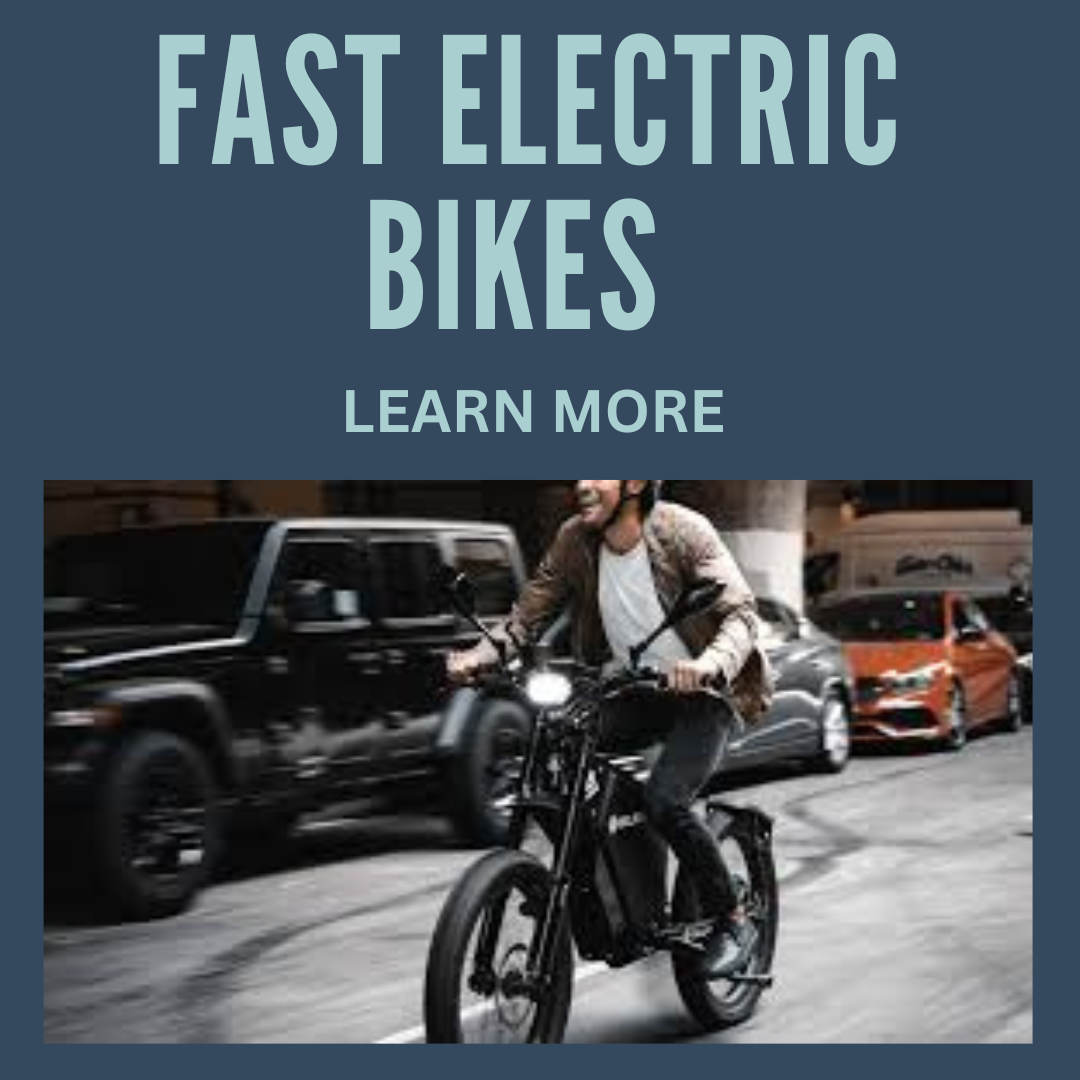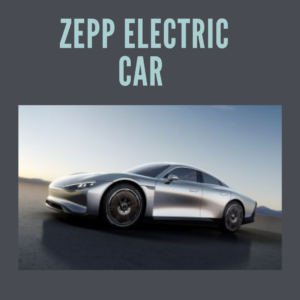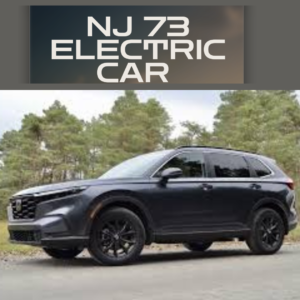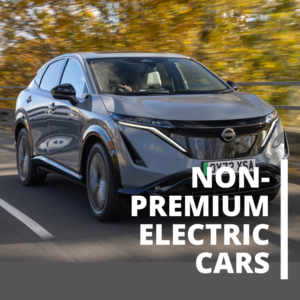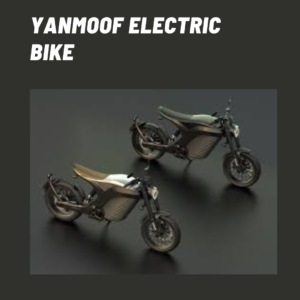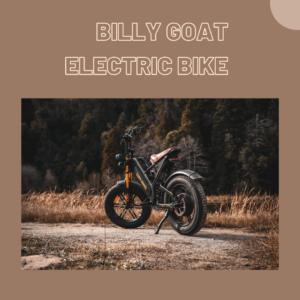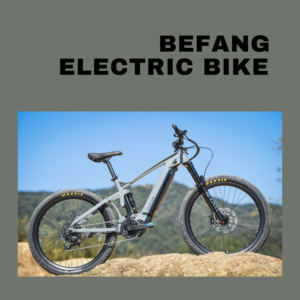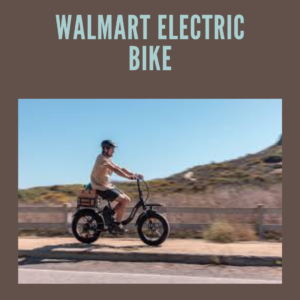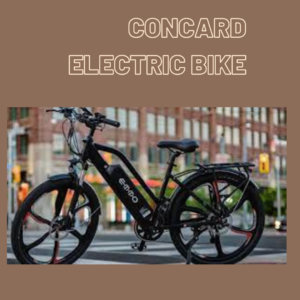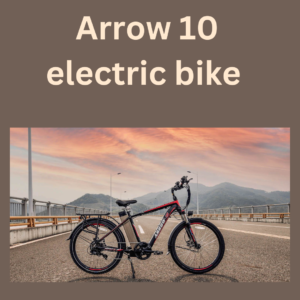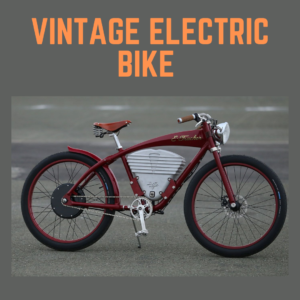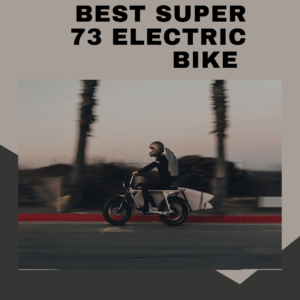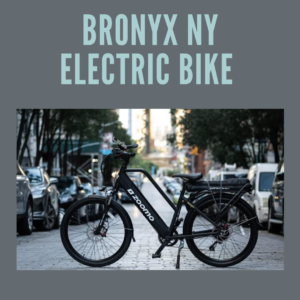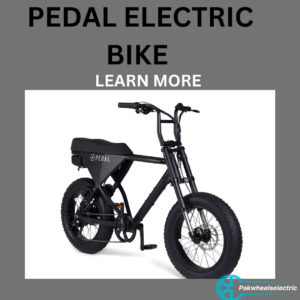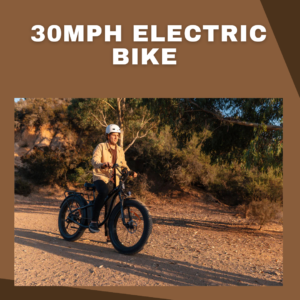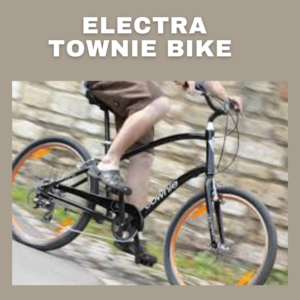
Introduction to Electric Bike Speeds
Electric bikes (e-bikes) have revolutionized the world of cycling by combining human power with motorized assistance. A common question among new buyers and enthusiasts is, “How fast do electric bikes go?” The answer depends on a variety of factors, including bike type, motor power, and terrain. This blog will dive into the specifics of electric bike speeds, explaining the different classes of e-bikes, the factors that affect their speeds, and tips for maintaining peak performance.
Factors That Influence Electric Bike Speed
Several factors affect how fast an electric bike can go, including:
- Motor Power: More powerful motors generally result in higher speeds.
- Battery Capacity: A larger battery can sustain higher speeds for longer.
- Rider Weight: Heavier riders may experience slower speeds due to increased drag.
- Terrain: Riding on flat surfaces allows for higher speeds compared to hilly or uneven terrain.
- Weather Conditions: Wind resistance or extreme temperatures can reduce speed.
These factors combine to determine the overall performance and speed of an electric bike.
Average Speed of Electric Bikes
On average, most electric bikes have a top speed ranging between 15 to 28 mph (25 to 45 km/h). However, many e-bikes are classified into categories that determine their speed limits based on local regulations.
Top Speeds for Different Types of Electric Bikes
Electric bikes come in various types, and their speed capabilities differ depending on their intended use:
- Commuter Electric Bikes: Generally reach speeds of 20-28 mph, making them ideal for city commuting.
- Electric Mountain Bikes: Often top out at around 20-25 mph, as they prioritize off-road performance over speed.
- Folding Electric Bikes: Typically have a lower speed range, averaging 15-20 mph due to their compact design.

How Electric Bike Classes Affect Speed
Electric bikes are classified into three different categories, which dictate their top speed limits:
- Class 1: Pedal-assist only, with a top speed of 20 mph.
- Class 2: Includes throttle-assist, with a top speed of 20 mph.
- Class 3: Pedal-assist only, with a top speed of 28 mph.
These classifications allow riders to choose a bike based on their desired speed and local laws.
Speed Limits for Electric Bikes in Different Countries
Electric bike speed limits vary around the world:
- USA: Class 3 e-bikes can reach 28 mph, but some areas have lower limits.
- Europe: E-bikes are generally limited to 15.5 mph (25 km/h).
- Canada: Most provinces cap e-bike speeds at 20 mph.
Riders should always check local laws before riding their e-bikes to ensure they stay within speed limits.
How Motor Power Impacts Electric Bike Speed
Motor power, measured in watts, is a crucial factor in determining how fast an e-bike can go. For example:
- 250W motors are common in European markets, typically providing speeds up to 15.5 mph.
- 500W and 750W motors can push speeds up to 20 mph.
- 1000W motors and higher are designed for high-performance bikes, capable of reaching speeds over 28 mph.
Higher motor power generally means faster speeds, but it also consumes more battery life.
Battery Life and Its Effect on Speed
The battery is the powerhouse of the electric bike. While a fully charged battery allows for maximum speed, as the battery depletes, the motor may lose its efficiency, and speeds could drop. Factors such as battery capacity, terrain, and riding conditions also influence how quickly the battery drains, which affects overall performance.
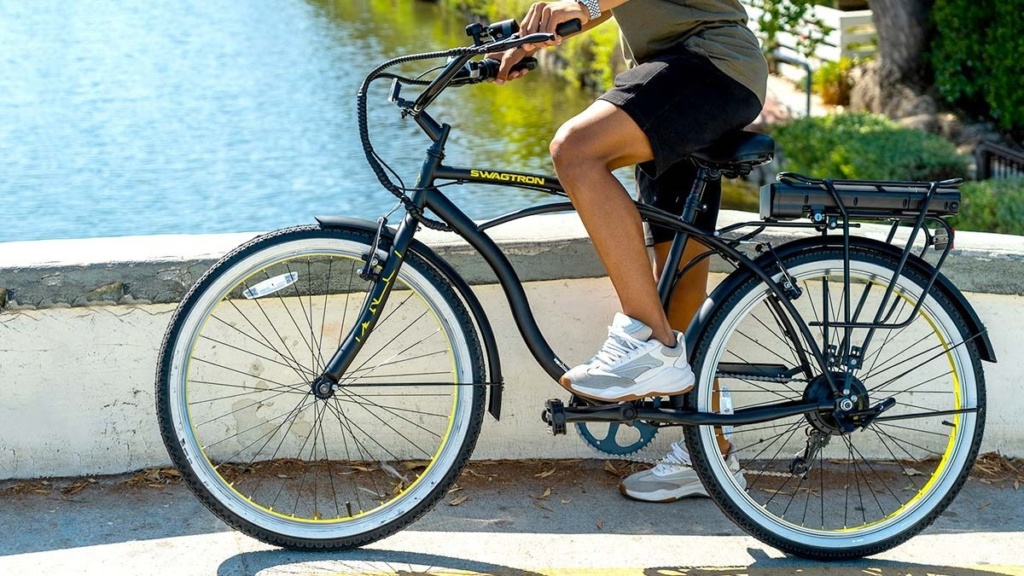
Can You Modify an Electric Bike to Go Faster?
Many riders wonder if they can tweak their e-bikes to achieve higher speeds. While it is technically possible to modify the motor or remove speed restrictions, it may not be legal. In many countries, tampering with an e-bike’s speed limiter can void the warranty and make it illegal to ride on public roads. Always check local regulations before attempting any modifications.
Safety Considerations When Riding Electric Bikes at High Speeds
Riding at higher speeds increases the risk of accidents, making safety a priority. Key safety tips include:
- Wearing a helmet at all times.
- Ensuring the brakes are in top condition before every ride.
- Using proper lighting for night riding.
- Being cautious in wet or windy conditions that may affect bike control.
Staying aware of surroundings and maintaining your bike regularly are key to safe high-speed riding.
Comparing Electric Bike Speeds to Traditional Bicycles
Electric bikes provide significant speed advantages over traditional bicycles. While average cyclists ride at 10-15 mph, e-bikes can easily double that speed, depending on the motor’s power. This makes electric bikes a great choice for commuters looking to shorten their travel time.
Fastest Electric Bikes in 2024
Some of the fastest electric bikes available in 2024 include:
- Specialized Turbo Vado 5.0: Reaches up to 28 mph.
- Stromer ST5: Capable of speeds over 28 mph with advanced motor power.
- Juiced Bikes Scorpion X: A powerful option with a top speed of 28 mph.
These bikes push the limits of speed while maintaining safety and control.
Tips for Maintaining Optimal Speed on an Electric Bike
To ensure you maintain your bike’s maximum speed, consider these maintenance tips:
- Regularly check tire pressure: Under-inflated tires can slow you down.
- Maintain the battery: Charge it fully and follow best practices for extending battery life.
- Keep the chain clean and lubricated: A well-maintained chain ensures efficient power transmission.
Regular upkeep ensures your e-bike performs at its best and maintains top speed.

Customer Experiences with Electric Bike Speeds
Riders consistently praise electric bikes for their speed and convenience, particularly for commuting. Many riders report saving significant time on their daily routes and enjoying the ability to control speed with pedal assistance. However, some note that battery depletion can slow speeds, especially on longer rides.
The Future of Electric Bike Speeds and Innovations
The future of e-bike technology promises even faster speeds and improved battery life. Manufacturers are constantly innovating, with advances in motor power, lightweight materials, and aerodynamic designs pushing the limits of what e-bikes can achieve. As demand for high-speed electric bikes grows, we can expect to see faster, more efficient models hit the market.
By covering these aspects, your SEO blog will offer a comprehensive guide on electric bike speeds, catering to readers looking for detailed information.

